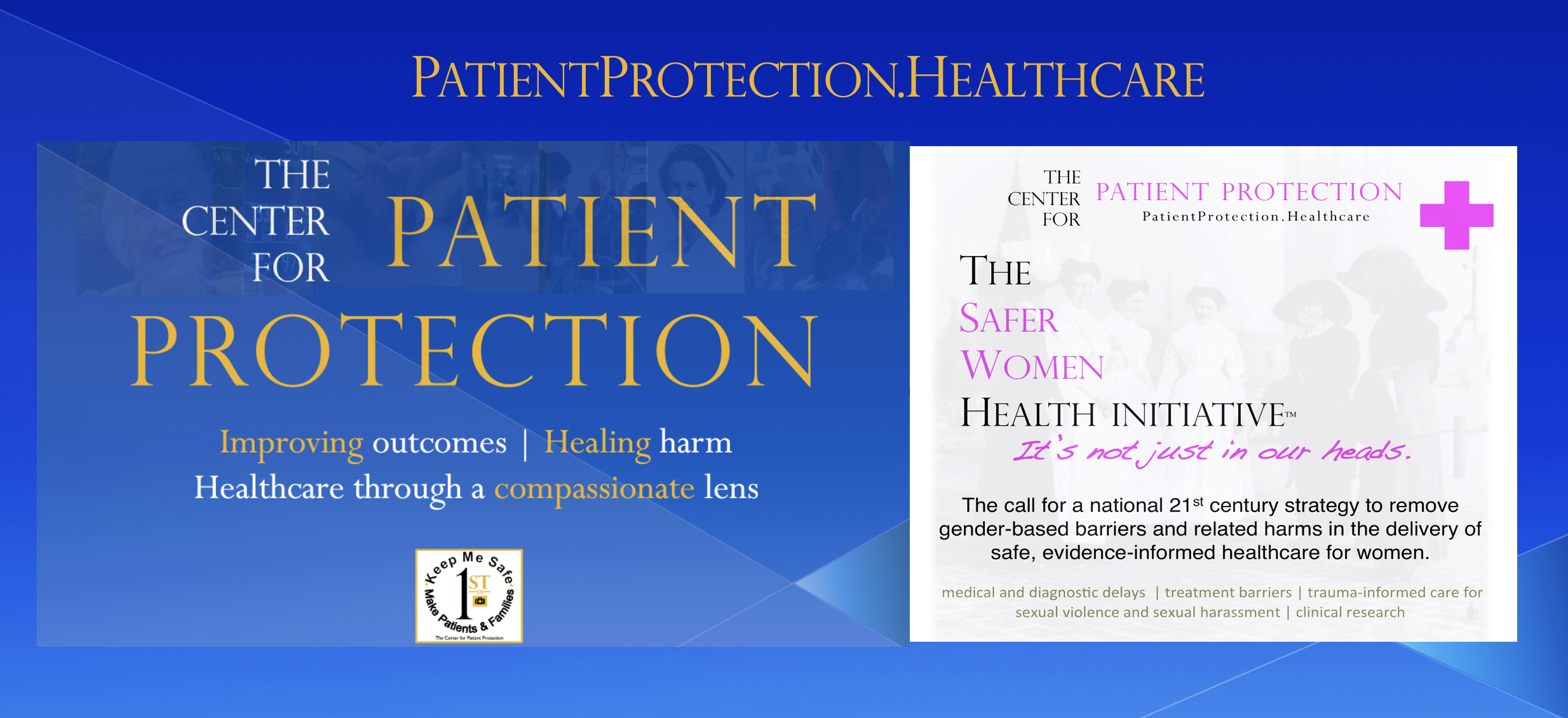3. Know How to Respond During Crisis Events
Things can go wrong for anyone, of any age, or in any state of health, during their hospitalization. You need to know what to do if it does.
- Patients and families bring a unique body of expertise to the bedside that no healthcare professional can match. You and your family are experts on you. Have confidence in that life-long experience in determining whether you think something is wrong.
- Most important of all: If you see something that doesn’t look right or feel right, say something.
- As a patient or family member, you are entitled to have any matters you raise about quality of care and safety taken seriously. If you tell your care team that you are concerned about signs of a deteriorating condition, a medical error, or the onset of an infection, ask if they recorded that in the medical chart. Ask to see what was written and what is being done about it. Patients always have a right to see what is in their chart.
- Make sure you keep a journal about your concerns and who you talked with about them. Photos and videos are also good records to have. Medical literature shows that critical information involving adverse events is often left out of the patient’s chart.
- Talk to every member of your care team until you get the kind of response you think is necessary.
- Ask if the hospital has a rapid response protocol or Code H (for help) that allows patients and families to urgently summon specially trained members of the healthcare team to deal with a worrisome or acute change in the patient’s clinical condition. More…
- Find out how to make a complaint to the hospital’s administration in the event that you’re not getting the results you want on the floor or with the current healthcare team. More…You should make sure you have this information before a serious situation arises. Times of stress, crisis or exhaustion are never the best occasions to search through hospital websites.
- Always be clear in expressing your concerns and respectful in the way you present them. But don’t back down.
- The most heart-wrenching words from any patient or family are “I couldn’t get anyone to listen to me” before tragedy struck. Too many families are haunted by the feeling that they did not do enough at the time when it might have made a difference. The Center for Patient Protection hears their stories every day. Take a look at our snapshots of hospital harm. These thoughts are written in the words of patients and families still devastated by events that should have been prevented. Don’t be one of them.
The time to act is before irreversible damage or injury occurs. The best advocate for the patient in any hospital is the patient and/or family. You need to keep the harm out of hospital care by being proactive at the first sign of concern.
 Patient- and family-centered care — we like to call it putting patients and families 1st — is acknowledged by most healthcare experts as offering the best and safest outcomes in the hospital setting. It places the focus where it should be: on the needs and preferences of patients and on the unique support role of caregiving family members. For this to work, however, patients and families need to have the right information and healthcare providers need to follow certain principles related to this standard of care. We’ve collected these principles in the quick guide below. We call them the 3 R’s for Safer Care Now™.
Patient- and family-centered care — we like to call it putting patients and families 1st — is acknowledged by most healthcare experts as offering the best and safest outcomes in the hospital setting. It places the focus where it should be: on the needs and preferences of patients and on the unique support role of caregiving family members. For this to work, however, patients and families need to have the right information and healthcare providers need to follow certain principles related to this standard of care. We’ve collected these principles in the quick guide below. We call them the 3 R’s for Safer Care Now™.